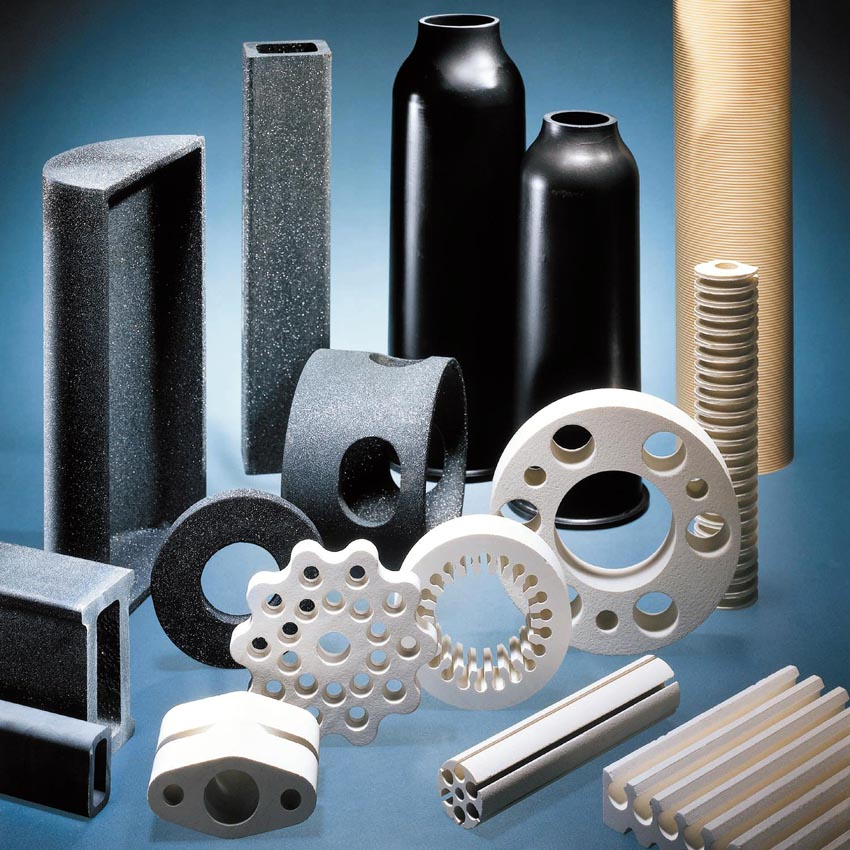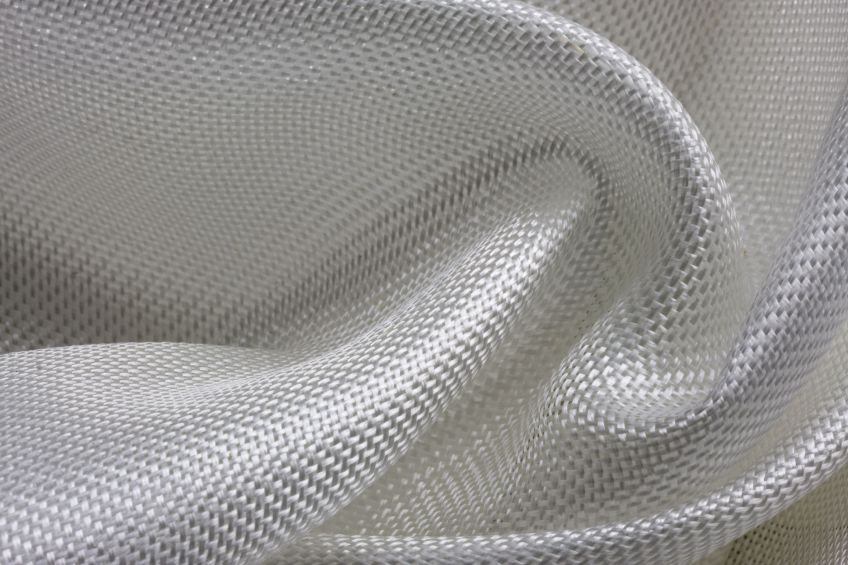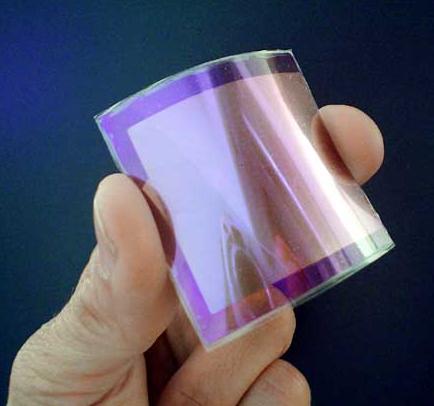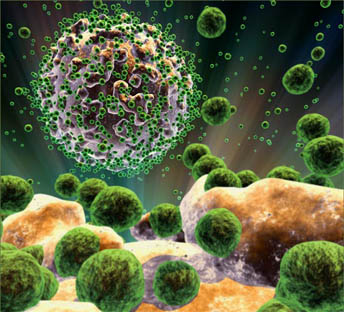What is Supercapacitor ?
The supercapacitor, also known as ultracapacitor or double-layer capacitor, differs from a regular capacitor in that it has a very high capacitance. A capacitor stores energy by means of a static charge as opposed to an electrochemical reaction. Applying a voltage differential on the positive and negative plates charges the capacitor. This is similar to the buildup of electrical charge when walking on a carpet. Touching an object releases the energy through the finger.
The supercapacitor has a very high capacitance
An electric double-layer capacitor (EDLC), also known as supercapacitor, supercondenser, electrochemical double layer capacitor, or ultracapacitor, is an electrochemical capacitor with relatively high energy density. Their energy density is typically hundreds of times greater than conventional electrolytic capacitors. They also have a much higher power density than batteries or fuel cells.
A typical D-cell-sized electrolytic capacitor may have capacitance of up to tens of millifarads. The same size EDLC might reach several farads, an improvement of two orders of magnitude. As of 2011 EDLCs had a maximum working voltage of a few volts (standard electrolytics can work at hundreds of volts) and capacities of up to 5,000 farads. In 2010 the highest available EDLC specific energy was 30 Wh/kg (0.1 MJ/kg). The amount of energy stored per unit of mass is called Specific energy, which is often measured in Watt-hour per kilogram (Wh/kg) or MegaJoules per kilogram (MJ/kg). Up to 85 Wh/kg has been achieved at room temperature in the lab, lower than rapid-charging lithium-titanate batteries.
Performance comparison between supercapacitor and Li-ion
Engineers at General Electric first experimented with the electric double-layer capacitor, which led to the development of an early type of supercapacitor in 1957. There were no known commercial applications then. In 1966, Standard Oil rediscovered the effect of the double-layer capacitor by accident while working on experimental fuel cell designs. The company did not commercialize the invention but licensed it to NEC, which in 1978 marketed the technology as “supercapacitor” for computer memory backup. It was not until the 1990s that advances in materials and manufacturing methods led to improved performance and lower cost.
The modern supercapacitor is not a battery per se but crosses the boundary into battery technology by using special electrodes and electrolyte. Several types of electrodes have been tried and we focuse on the double-layer capacitor (DLC) concept. It is carbon-based, has an organic electrolyte that is easy to manufacture and is the most common system in use today.
General Electric engineers experimenting with devices using porous carbon electrodes first observed the EDLC effect in 1957. They believed that the energy was stored in the carbon pores and the device exhibited “exceptionally high capacitance”, although the mechanism was unknown at that time. General Electric did not immediately follow up on this work. In 1966 researchers at Standard Oil of Ohio developed the modern version of the devices, after they accidentally re-discovered the effect while working on experimental fuel cell designs. Their cell design used two layers of activated charcoal separated by a thin porous insulator, and this basic mechanical design remains the basis of most electric double-layer capacitors.
Standard Oil did not commercialize their invention, licensing the technology to NEC, who finally marketed the results as “supercapacitors” in 1978, to provide backup power for maintaining computer memory. The market expanded slowly for a time, but starting around the mid-1990s various advances in materials science and refinement of the existing systems led to rapidly improving performance and an equally rapid reduction in cost.
The first trials of supercapacitors in industrial applications were carried out for supporting the energy supply to robots. In 2005 aerospace systems and controls company Diehl Luftfahrt Elektronik GmbH chose supercapacitors to power emergency actuation systems for doors and evacuation slides in airliners, including the new Airbus 380 jumbo jet. In 2005, the ultracapacitor market was between US $272 million and $400 million, depending on the source.
As of 2007 all solid state micrometer-scale electric double-layer capacitors based on advanced superionic conductors had been for low-voltage electronics such as deep-sub-voltage nanoelectronics and related technologies (the 22 nm technological node of CMOS and beyond). Much research is being carried out to improve performance; for example an order of magnitude energy density improvement was achieved in the laboratory in mid-2011. Prices are dropping: a 3,000F capacitor that was US$5,000 ten years before was $50 in 2011. EDLCs are used for energy storage rather than as general-purpose circuit components. They have a variety of commercial applications, notably in “energy smoothing” and momentary-load devices. They have applications as energy-storage and KERS devices used in vehicles, and for smaller applications like home solar energy systems where extremely fast charging is a valuable feature.
Comparison of construction diagrams of three capacitors. Left: “normal” capacitor, middle: electrolytic, right: electric double-layer capacitor
In a conventional capacitor, energy is stored by the removal of charge carriers, typically electrons, from one metal plate and depositing them on another. This charge separation creates a potential between the two plates, which can be harnessed in an external circuit. The total energy stored in this fashion increases with both the amount of charge stored and the potential between the plates. The amount of charge stored per unit voltage is essentially a function of the size, the distance, and the material properties of the plates and the material in between the plates (the dielectric), while the potential between the plates is limited by the breakdown field strength of the dielectric. The dielectric controls the capacitor’s voltage. Optimizing the material leads to higher energy density for a given size of capacitor.
EDLCs do not have a conventional dielectric. Rather than two separate plates separated by an intervening insulator, these capacitors use virtual plates that are in fact two layers of the same substrate.
Their electrochemical properties, the so-called “electrical double layer”, result in the effective separation of charge despite the vanishingly thin (on the order of nanometers) physical separation of the layers. The lack of need for a bulky layer of dielectric, and the porosity of the material used, permits the packing of plates with much larger surface area into a given volume, resulting in high capacitances in practical-sized packages.
Supercapacitor-battery hybrid energy devices based on nanocomposite units. (a) Schematic of a four-terminal hybrid-energy device showing the arrangement of supercapacitor and battery in parallel configuration. (b) The discharge curve of battery and supercapacitor is plotted as a function of time. The discharge of battery charges the supercapacitor, and subsequently the supercapacitor is discharged. (c) Schematic of a three-terminal hybrid energy device that can act as both supercapacitor and battery. The three terminals are defined, and the battery and supercapacitor segments of the device are shown. (d) The discharge behavior of the battery and subsequent discharge of supercapacitor are shown. The battery is discharged with terminals 1 and 2 shorted. This simultaneously charges the supercapacitor following the double-layer formation at the electrode interface. Subsequently, the supercapacitor is discharged across terminals 1 and 3. An additional separator (glass fibers) is normally added along with the excess cellulose spacer to improve behavior.
In an electrical double layer, each layer by itself is quite conductive, but the physics at the interface where the layers are effectively in contact means that no significant current can flow between the layers. However, the double layer can withstand only a low voltage, which means that electric double-layer capacitors rated for higher voltages must be made of matched series-connected individual EDLCs, much like series-connected cells in higher-voltage batteries.
All capacitors have voltage limits. While the electrostatic capacitor can be made to withstand high volts, the supercapacitor is confined to 2.5–2.7V. To achieve higher voltages, several supercapacitors are connected in series. Serial connection reduces the total capacitance, and strings of more than three capacitors require voltage balancing to prevent any cell from going into over-voltage. Although high compared to a regular capacitor, 30Wh/kg is one-fifth that of a consumer Li-ion battery.
In 2006, two commercial bus routes began to use electric double-layer capacitor buses; one of them is route 11 in Shanghai. In 2001 and 2002 VAG, the public transport operator in Nuremberg, Germany tested an hybrid bus that uses a diesel-electric battery drive system with electric double-layer capacitors. Since 2003 Mannheim Stadtbahn in Mannheim, Germany has operated a light-rail vehicle (LRV) that uses EDLCs to store braking energy.
You might also like
| Advanced Ceramics What is Advanced Ceramic ? A ceramic is... | Advanced Composite Materials What are Advanced Composite Materials ? Advanced... | Nanotechnology Solar Cells Nanotechnology Solar Panels - Using Nanotechnology... | Application of Nanotechnology Nanotechnology Applications With nanotechnology,... |




 Alloy Suppliers
Alloy Suppliers
 Aluminum
Aluminum
 Aluminum Extrusions
Aluminum Extrusions
 Copper-Brass-Bronze
Copper-Brass-Bronze
 Nickel
Nickel
 Magnets
Magnets
 Stainless Steel
Stainless Steel
 Stainless Steel Tubing
Stainless Steel Tubing
 Steel Service Centers
Steel Service Centers
 Titanium
Titanium
 Tungsten
Tungsten
 Wire Rope
Wire Rope